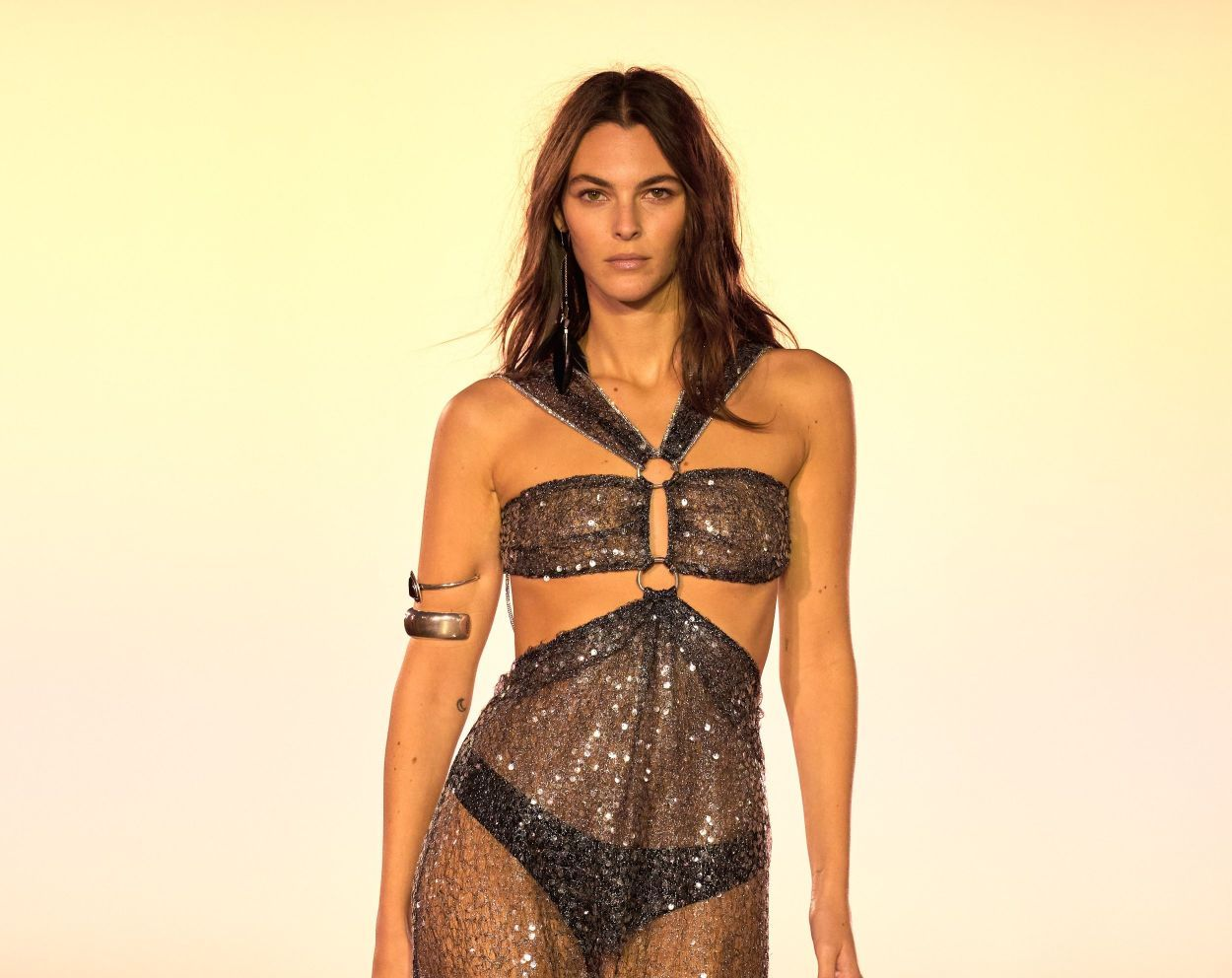Meet four of Woolmark's Chinese designers
Sep 17, 2018
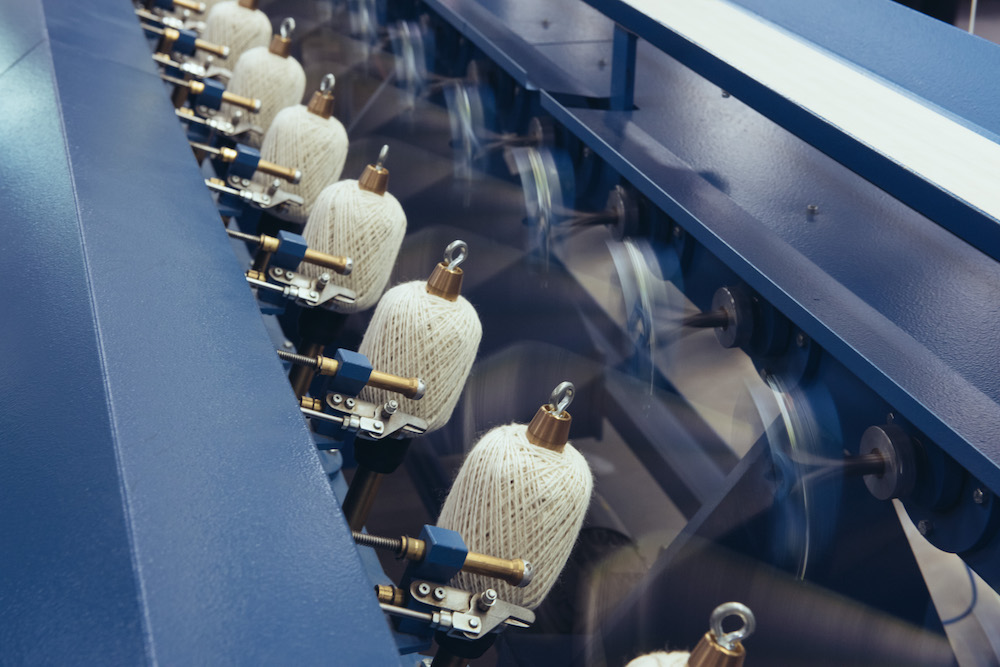
The far East movement is stronger than ever, with China rapidly becoming the world’s largest luxury market. Australia’s The Woolmark Company is celebrating more than 50 years of wool trade with China, with an expansive footprint in Australian merino wool and a continued commitment to its relationships with Australian woolgrowers. Representing 80 per cent of Australia’s wool consumption, China’s market forces a constant shift in the consumer landscape and the cross-cultural partnership is seeing tremendous economic growth each year, making the country Australia’s most important consumption partner.
“I first started travelling to China as a wool trader in the late-1980s and was convinced from an early stage that the Australian wool industry was going to significantly benefit from the processing capacity of China. What evolved across the next 30 years exceeded any expectation I had in those early days and China has become not only a processing powerhouse but a consumption giant – the likes of which we will never see again.
The domestic consumption of our fibre is now being driven by the emergence of great affluence in China, which will continue to grow. Not only have we the perfect processing partner on our doorstep but we also have the perfect consumption partner.” notes Stuart McCullough, The Woolmark Company’s Managing Director.
Once driven by name recognition and only the most popular luxury brands, Chinese consumers are now looking for more natural, sustainable garment solutions as they steer away from fast fashion. With a series of commemorative initiatives this year, we sat down with Woolmark as it hosted an interview session with four of the company’s most notable home-grown Chinese designers.
Uma Wang
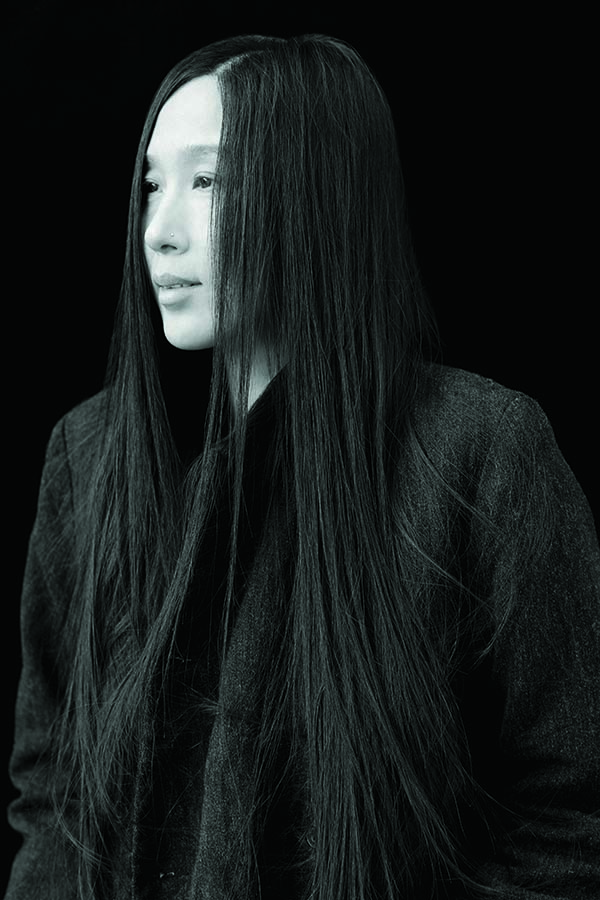
How has Woolmark informed the way you perceive wool in design, before and after being educated on its capabilities?
It’s difficult to say, since I’ve been using merino wool for a long time. When I started my career, Woolmark was already a big name and using their merino wool was synonymous with quality and innovation.
How important is it for your collections to have an evident Asian influence?Do you ever feel the need to water down your heritage in order to gain widespread success?
Fortunately, I’ve never had this feeling. I’m really proud of my roots and I feel it has always helped me to become what I am now. In many places, manufacturing in China has become synonymous with mass production that lacks in quality, while anything made in Europe is seen as being more substantial.
Do you think this stigma has made it difficult for you as an Asian designer to break new ground, especially in the luxury space?
I believe this is just a stigma oriented to a mass-market idea, in the luxury space it’s about the quality and name. Smaller labels can often get lost in criticisms posed by global buyers and frequently change the way they design to fit the consumer’s desires.
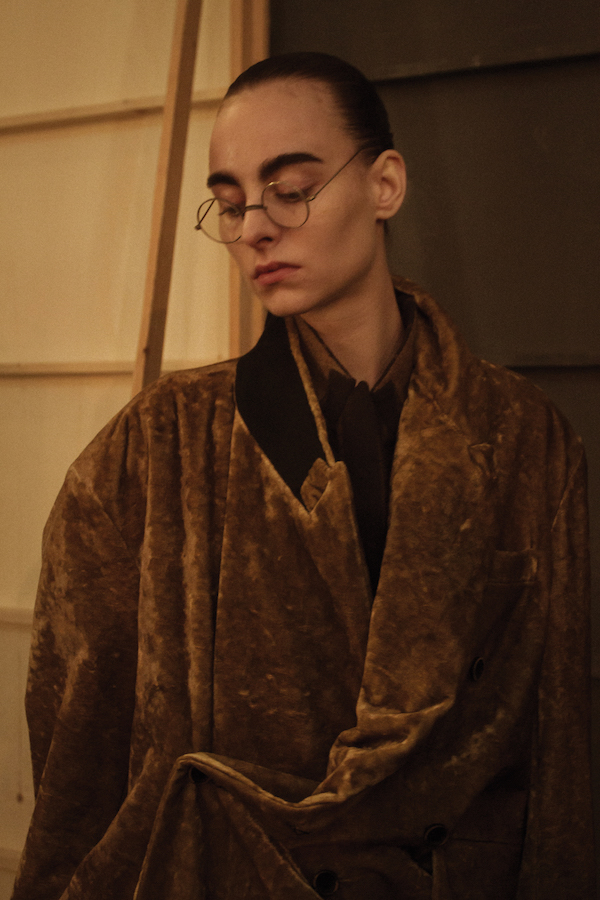
How do you keep a balance between what the industry is telling you about your clothing versus what you believe?
I have never followed the fashion stream – what I create is what I want to create and I think that a lot of people appreciate it.
If there were three descriptors you wish people would say or notice about your work, what would they be?
Timeless, emotional and romantic.
What are three pieces in your current wardrobe that you have on heavy rotation?
A black easy dress, a long brown jacket and, of course, Uma Wang’s ballerina shoes!
You’ve shown at the Shanghai, London, and Milan Fashion Weeks in the past. How did Paris feel for you?
Great! I have a good feeling for Paris at the moment – it seems like I have found my own path here.
Yang Li
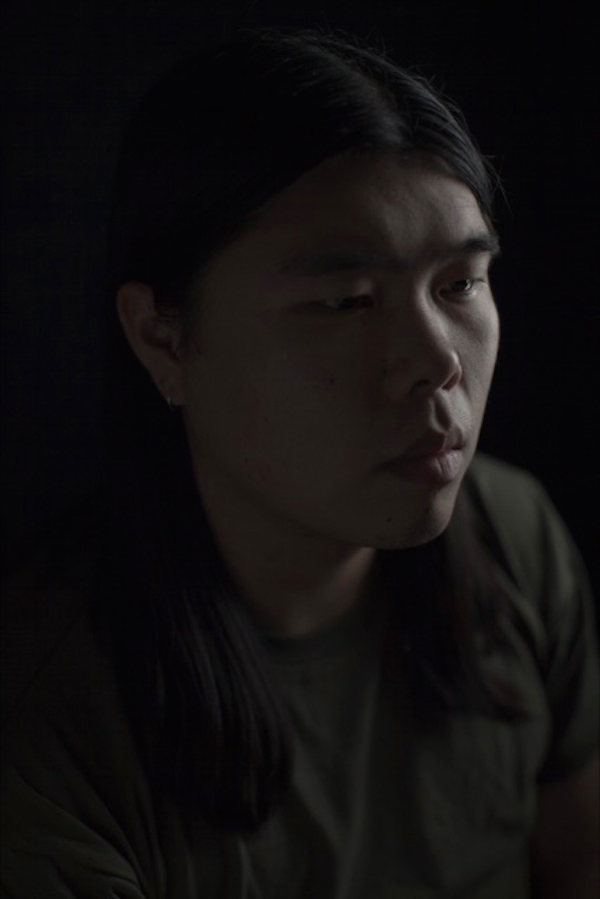
Today, it’s almost seen as a standard for Asian fashion students to flock to London in order to pursue their education. Why do you think this has become a common theme?
Hunger and the desire to experience a new lifestyle. Also the opportunity was perhaps not there 10 years ago.
As a designer, how important is it for you to incorporate sustainable values and practices into your collections? What are your thoughts about the awareness of sustainability in the industry as a whole?
Sustainability is not just about ensuring a long-term future for the planet, but also important for a business that relies on resources. We should all take responsibility for our actions. There is still a misconception that sustainability means producing in hemp, when it’s really about a circular economy. Producing durable, high-quality clothing that maintains its value is a vital starting point for sustainable practices.
If there’s one piece of advice that you wish would resonate with all aspiring young designers, what would that be?
Dare to dream and let fear be your barometer towards your desires.

If there were three descriptors you wish people would say or notice about your work, what would they be?
Romantic minimalism, melancholic optimism and profoundly inspired by music.
At the end of last year, you had an open call for models on your social media pages. Are you going to incorporate street casting into all your lookbooks and presentations?
Well, I’m working on a major art project with Magnum photographer Antoine d’Agata, to be published as a book and shown in London and China in 2019.
How much influence does music have on your creative processes? It seems like you like the crossover a lot.
Music is a profound influence for Yang Li; it’s one of the obsessions and the lifeblood of the brand. My influences and interactions with music make up the soundtrack of my poetic universe.
What do you do when you just need to clear your head?
I take my car for a drive on the open road.
Xu Zhi
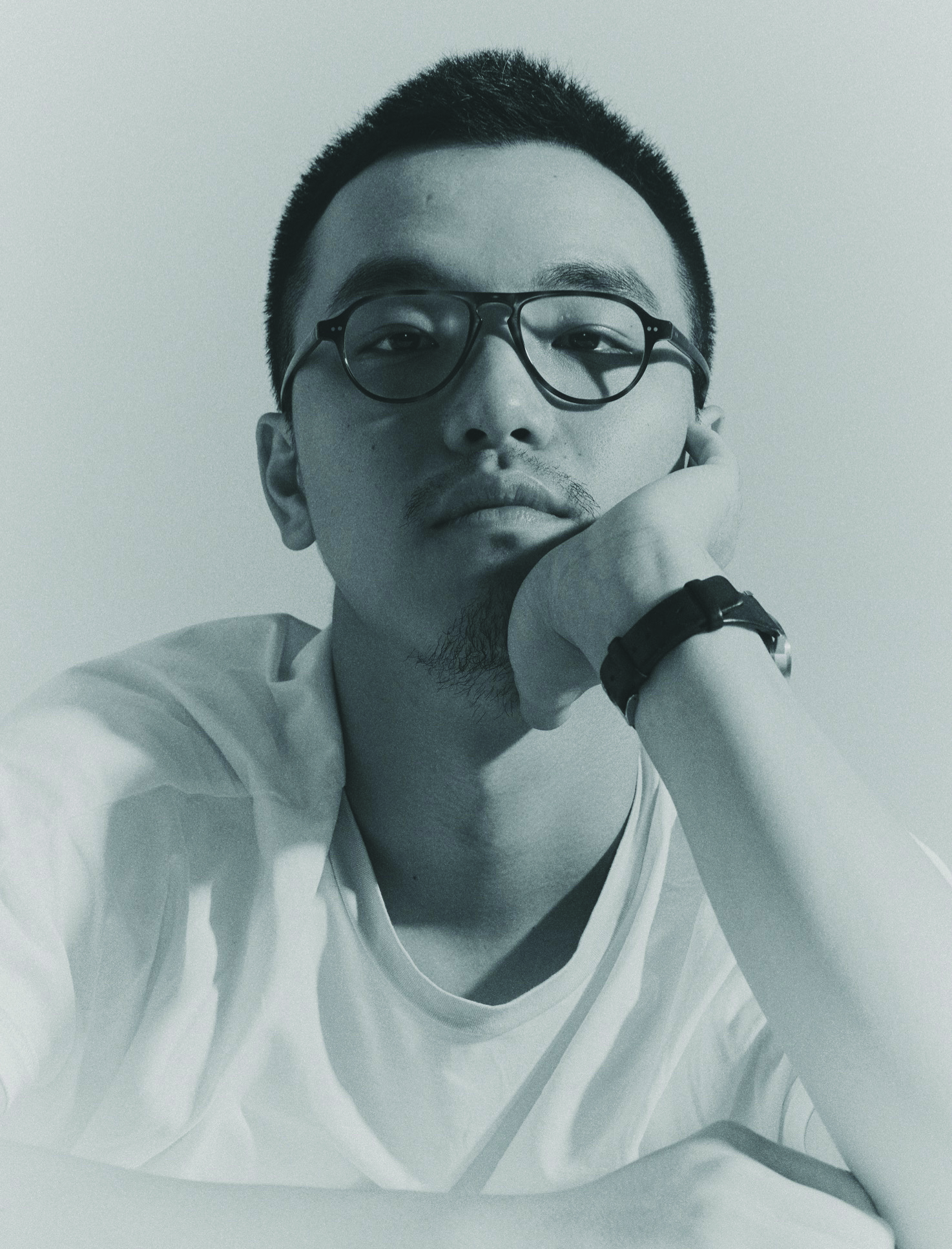
Congrats on your feature in Vogue China last month! How did you feel when you saw your clothing being chosen for editorial?
Very blessed – they always create stories with my clothes that are fresh to me and super-inspiring.
How has Woolmark informed the way you perceive wool in design, before and after being educated on its capabilities?
Before IWP and working with Woolmark, I actually had very limited knowledge about how advanced technology has developed for wool manufacturing. I had quite a stereotypical impression that wool is primarily just heavy twills or suiting fabric. Now I use wool denim, I use wool for dresses and even on sportswear designs, where many benefits such as the breathability of wool become a big advantage for the products we develop.
Were there any common misconceptions about wool that you had before entering the Woolmark programme?
Many – one big thing is that I thought wool was always ridiculously expensive because of how luxurious this fibre is. But I guess with the development of manufacturing and technology, many wool products are now available at very competitive price points without any compromise on its luxurious qualities.
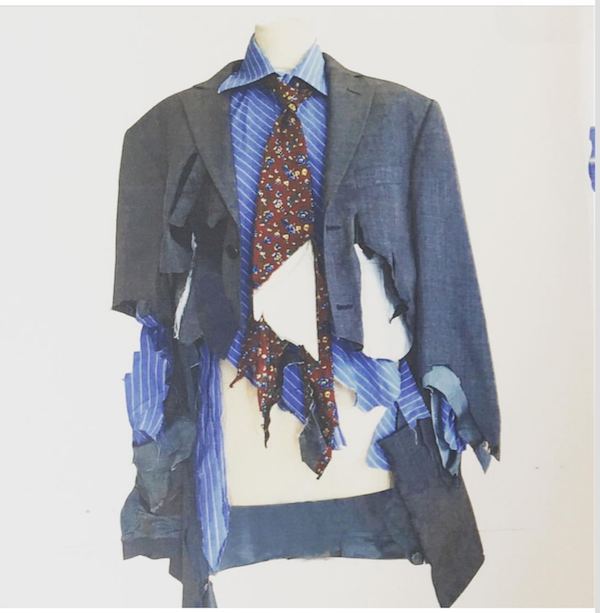
Now that we’re seeing the luxury design space hone in on the Asian consumer, do you think the industry has become more open towards Asian designers compared to when you started out?
I only launched the brand a little over three years ago. I think it was already a time where Asian designers, especially Chinese designers, were starting to get so much attention and support from the market. The momentum hasn’t stopped. I think it’s a great time, when Chinese consumers are becoming more and more interested in designs. And the Chinese designers, sharing the same culture and similar aesthetics with this biggest luxury market, naturally create stories and designs that are more relatable and desirable for the customers here.
What’s the five-year dream plan?
Now it’s to open shops in China.
If you could dress one woman from the past or present, who would you choose?
I have a very recent crush on actress Chun Xia.
What are your thoughts on the notion: “Talent is luck, but the most important thing in life is courage.”
It’s a very exhilarating and encouraging statement. But I would go for this version: “Talent is luck, but destined; however, what is always more important in life is
Ms Min
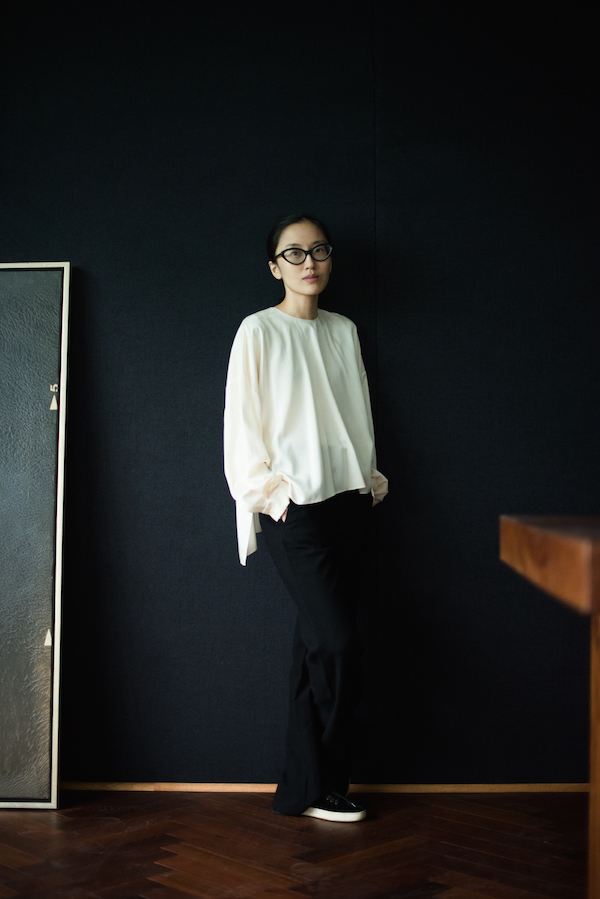
Now that we’re seeing the luxury design space hone in on the Asian consumer, do you think the industry has become more open towards Asian designers compared to when you started out?
Yes, it has. Because of visual and digital communication, the world has become smaller, so our audience is larger. I see it as a natural part of flow, whether you look at it economically or spiritually. The most important thing is what lasts at the end.
How important is it for your collection to have an evident Asian influence?Do you ever feel the need to water down your heritage in order to gain widespread success?
Roots and authenticity are important in any field. The existence of heritage in the modern day is a success – and heritage will travel and travel far.
Do you have any mantras for when you’re feeling stagnant?
Bruce Lee once said: “Empty your mind; be formless, shapeless, like water. Water can flow or it can crash. Be water, my friend.”
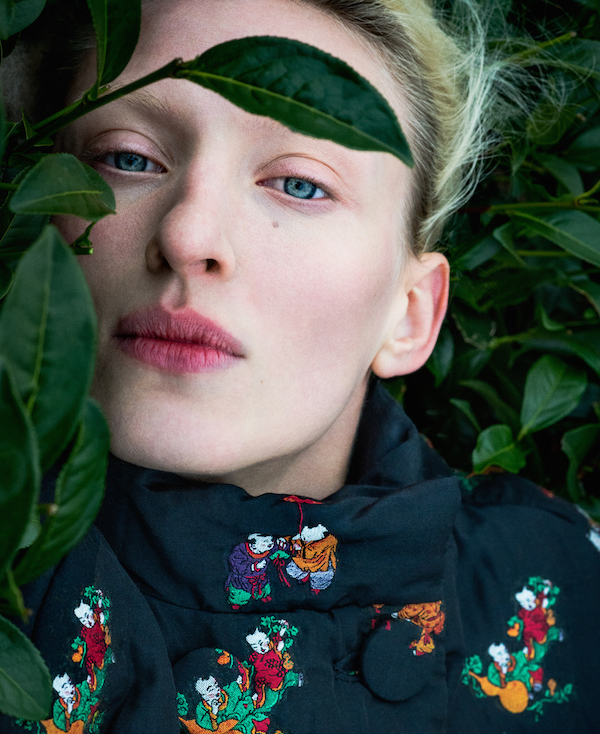
Integrating technology into textiles has become a hot topic. How far have you gone with technological innovations in your own collections?
I depend on technology in fabric and production to drive my collections forward. The constant updating of technology is important in the design process. It’s interesting that you talked about heritage earlier and now about technology;I feel it’s the combination of the two that most inspires my work today.
In many places, manufacturing in China has become synonymous with mass production that lacks in quality, while anything made in Europe is seen as being more substantial. Do you think this stigma has made it difficult for you as an Asian designer to break new ground, especially in the luxury space?
There is mass production and then there is quality manufacturing everywhere in the world. We have built a reputation based on quality. Quality speaks for itself: proudly made in China.
Smaller labels can often get lost in criticisms posed by global buyers and frequently change the way they design to fit the consumer’s desires. How do you keep a balance between what the industry is telling you about your clothing versus what you believe?
We all have our individual inner voice. And there is always outside voices or noise. But I believe with a clear and open mind, one can make sense out of
the noise.
In 2014, you were among a select few designers who attended the Met Ball. How was the experience for you?
It was a beautiful experience and an honour to be a guest of Lane Crawford at such a prestigious event. I will never forget it.
This feature originally appeared in the September/October 2018 print issue of #legend





























